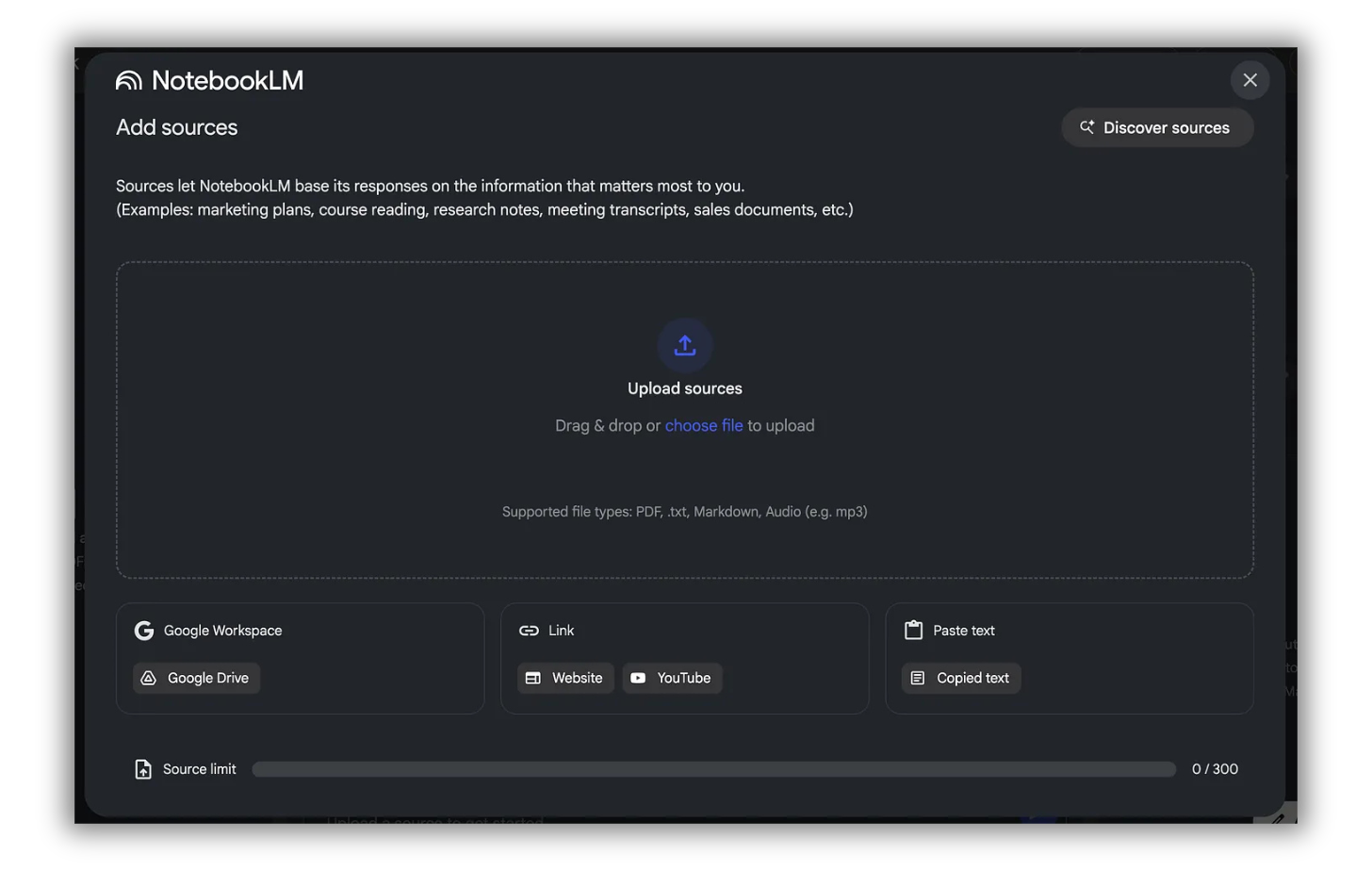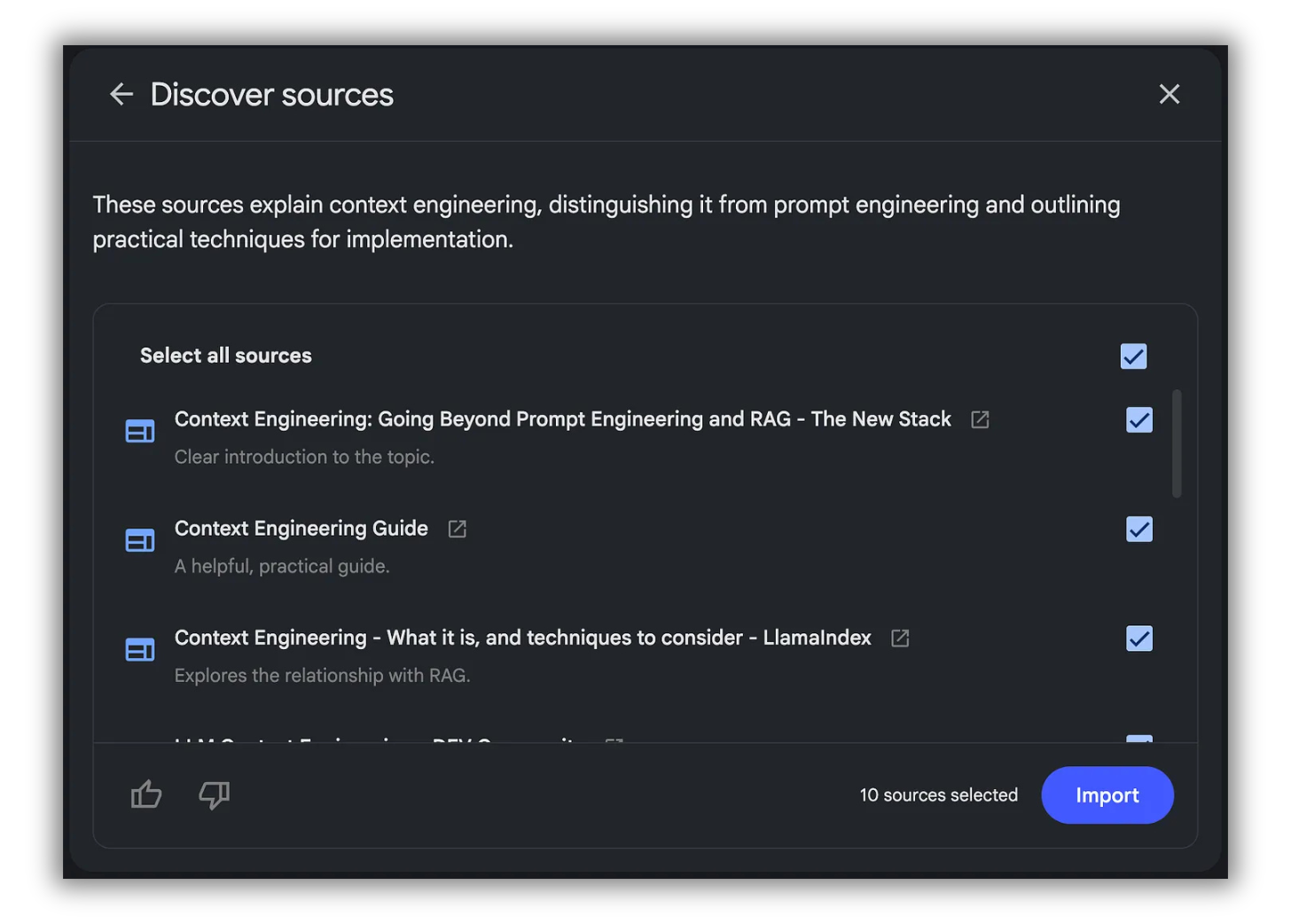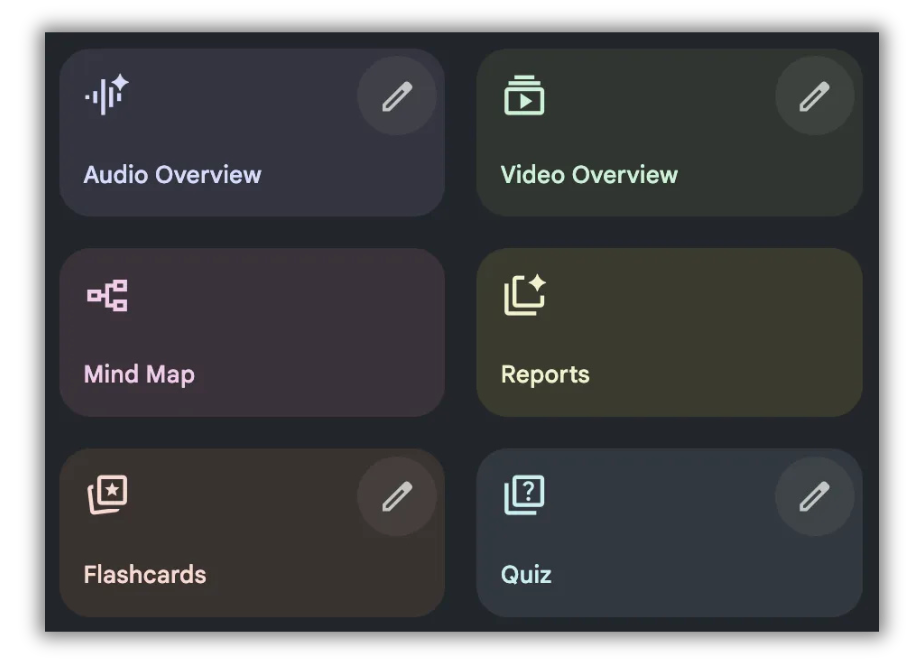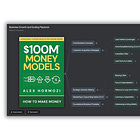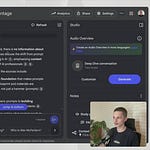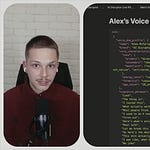In this live, we look at how you can transform any collection of documents, books, or Reddit threads into interactive knowledge bases with AI-powered summaries, mind maps, and even video content with Google's NotebookLM.
As always, this live will be free for 24 hours before becoming exclusive to our paid members.
TL;DW
NotebookLM is a free Google tool that creates AI-powered content (videos, podcasts, mind maps) from your sources
Upload any content type: PDFs, books, Reddit threads, YouTube videos, or plain text
Generate professional educational videos, audio podcasts, and interactive mind maps in minutes
All AI responses stay within your source material—no hallucinations or external information
Share notebooks with others for collaborative learning or create educational products for your audience
How to create your first Notebook
When you enter NotebookLM, start by creating a new notebook. The interface presents multiple options for adding sources:
Upload files directly from your computer (PDFs, documents, etc.)
Google Workspace integration for seamless access
Web links for articles and online content
YouTube videos (automatically extracts transcripts)
Plain text for quick copy-paste additions
NotebookLM includes an automatic source discovery feature that eliminates manual research. Simply type your topic (like "context engineering"), and Google will automatically pull relevant sources for you to review and select.
How to create educational videos and podcasts
The video overview feature creates structured educational videos that resemble professional slideshow presentations. These videos include:
Automatically generated slides with key quotes from your sources
Step-by-step visual progression through concepts
Professional text formatting and visual hierarchy
Typical length of 6-10 minutes
Note: Video generation can take 20-30 minutes. Avoid overusing this feature on every piece of content to prevent viewer fatigue.
You can learn more about this here.
You can also create engaging podcast-style discussions between two AI hosts who:
Discuss your source material conversationally
Ask each other relevant questions
Can now be interrupted for real-time interaction
Maintain engagement throughout the discussion
There are several new interactive tools
Flashcards: Generate comprehensive flashcard sets (often 60+ cards) with:
Questions derived from your sources
Click-to-reveal answers
Explanation feature that provides detailed context
Perfect for studying complex topics or new skills
Mind Maps: Create visual knowledge structures that:
Display hierarchical relationships between concepts
Allow infinite expansion of topics
Enable click-through to detailed explanations
Work exceptionally well with structured content like books
✅ Action item: Use mind maps for books, research papers, technical documentation, or even entire newsletter archives to navigate complex information visually.
Some advanced use cases I like
1. Book analysis and speed learning
Upload entire books as PDFs to:
Generate executive summaries through briefing documents
Create interactive mind maps of chapter structures
Skip to relevant sections without reading everything
Convert books into conversational AI advisors
Example workflow: Upload a relevant industry book → Generate mind map → Navigate to specific chapters → Click concepts for detailed explanations → Save important insights as notes.
2. Reddit thread analysis
I like to turn lengthy Reddit discussions into actionable intelligence:
Copy the URL of any Reddit thread
Paste as a source in NotebookLM
Generate a mind map to visualize community sentiment
Create custom reports for specific comparisons
Something I recently did: I analyzed "Claude Code vs Codex" threads to understand real-world user experiences and performance comparisons without reading hundreds of comments.
3. Creating personal AI advisors
Build specialized knowledge bases from thought leaders:
Collect all content from a specific creator (articles, videos, interviews)
Upload transcripts and written content
Create an interactive "consultant" you can query
Access thousands of dollars worth of insights instantly
This transforms static content consumption into dynamic, personalized learning experiences.
→ Want a personal Alex Hormozi advisor? Get it here:
Here’s when you should use NotebookLM vs Claude/ChatGPT projects
Use NotebookLM for:
Research and information synthesis
Learning from existing content
Creating summaries and overviews
Analyzing community discussions
Educational content generation
Use Claude/ChatGPT Projects for:
Original content creation
Writing in specific tones of voice
Brainstorming new ideas
Complex problem-solving requiring creativity
Tasks needing information beyond your sources
Now it's your turn to take some action
To maximize NotebookLM's potential:
Start simple: Upload one article or document to explore basic features
Experiment with formats: Try each content type (video, audio, mind map) to understand strengths
Build knowledge systems: Combine related sources for comprehensive topic coverage
Share strategically: Create valuable resources for your community or clients
Iterate regularly: Update source materials as topics evolve, especially in fast-moving fields
— Alex
Founder: AI WriterOps | AI Disruptor



